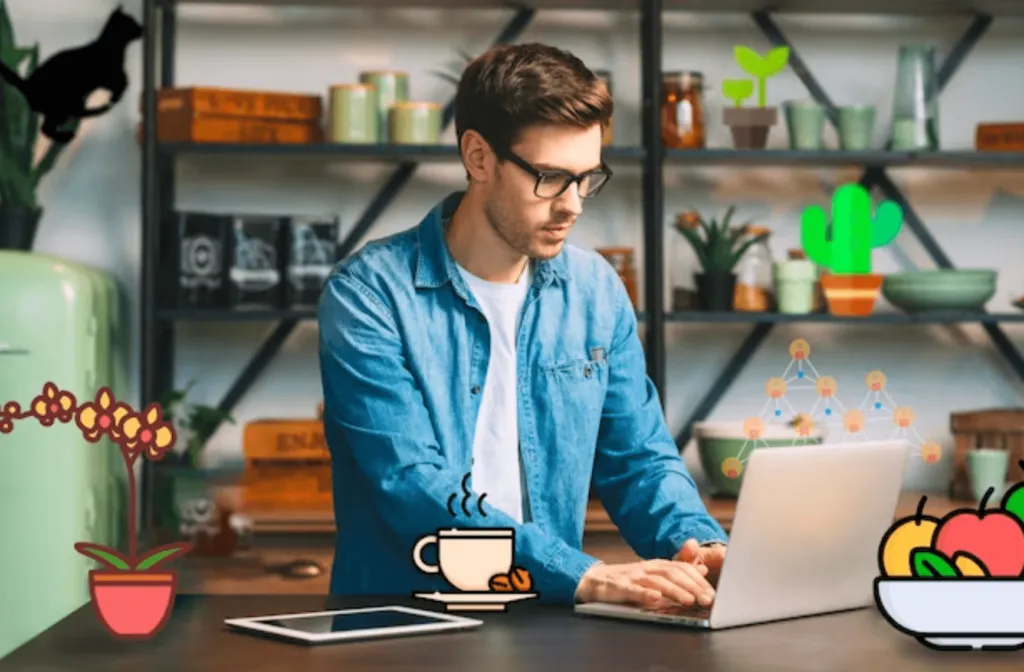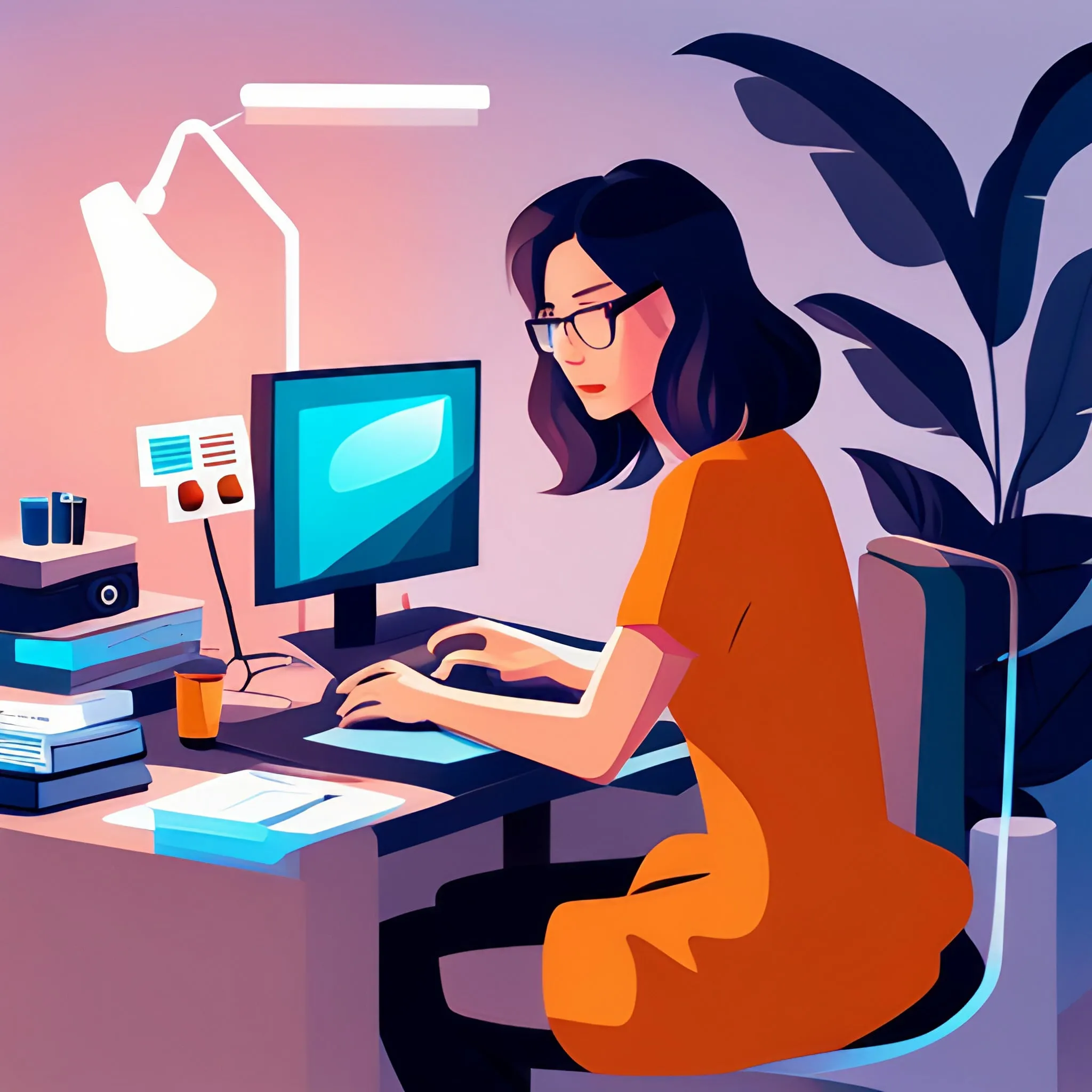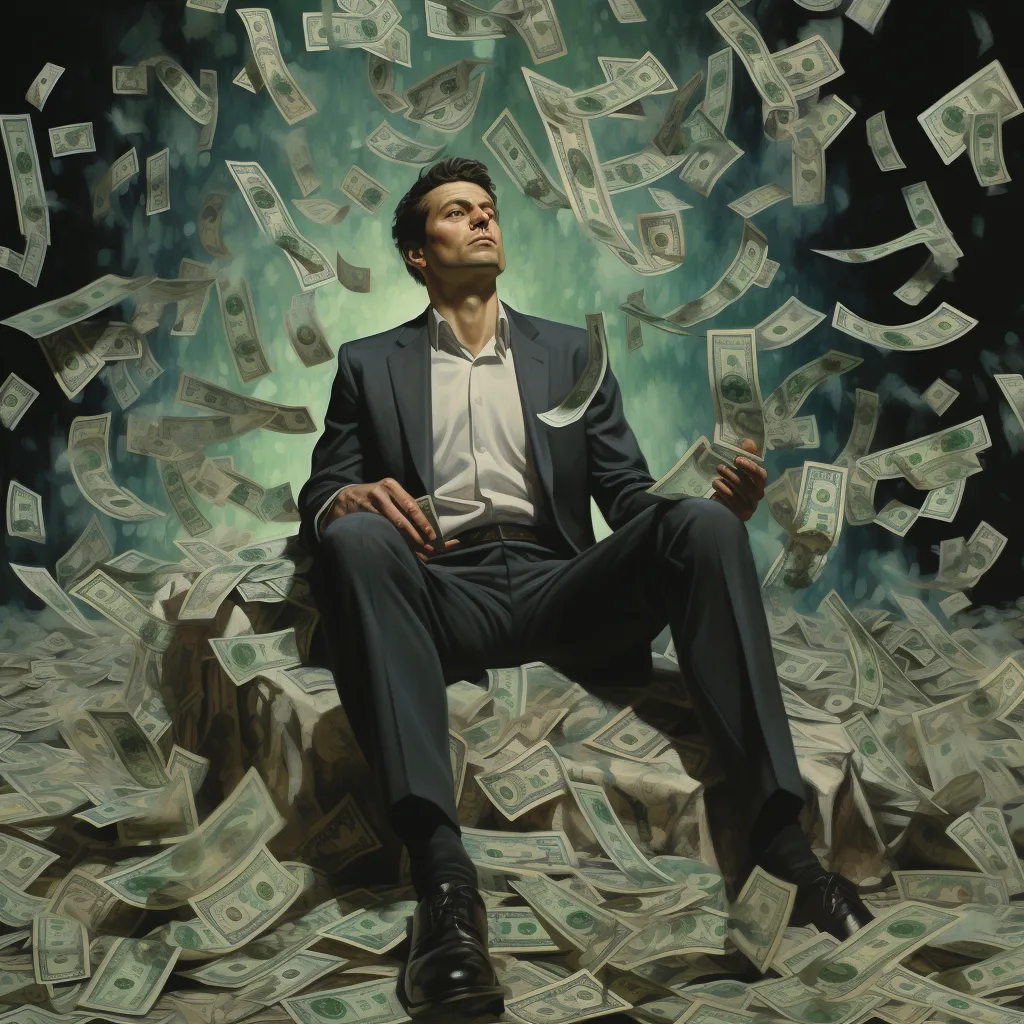When you purchase artwork on Fiverr, it can be confusing to know what rights you actually receive with your purchase. Is the artwork now yours to use however you like, or are there restrictions? In this article, we’ll dive deep into the landscape of artwork licensing and help clarify what you really own once the payment is made for that beautiful piece of art. Let’s untangle these legalities together!
Understanding Artwork Licensing

Artwork licensing is all about understanding who holds the rights to an image or design. When you buy artwork, you’re not necessarily buying the copyright. Instead, you're often purchasing a license that allows you to use the artwork in specific ways. Here’s a closer look:
Types of Licenses:
- Exclusive License: This means you have rights to use the artwork without anyone else being able to use it for the duration of the agreement.
- Non-Exclusive License: You can use the artwork, but the artist can still sell the same or similar artwork to others.
- Royalty-Free License: You pay once, and you can use the artwork multiple times without additional fees, though there may still be usage restrictions.
- Rights-Managed License: This type is more controlled, and you need to negotiate rights based on factors like region, duration, and specific use-case.
When you hire an artist on Fiverr, the licensing terms are typically outlined in the project description or the agreement you sign before starting the work. Here are some key points to consider:
| Aspect | Details |
|---|---|
| Copyright Ownership | Artists retain copyright unless agreed otherwise. |
| Usage Rights | Defined by the type of license agreed upon. |
| Attribution | Some licenses may require credit to the artist. |
| Modification Rights | Check if you're allowed to alter the artwork. |
Understanding these aspects will help ensure that you use your newly-acquired artwork in a manner that respects both your rights and the artist's rights. Always read the fine print!
Also Read This: A Guide to Becoming a Freelance Trainer
Fiverr's Terms of Service

When you dive into the world of Fiverr, it's essential to familiarize yourself with their Terms of Service. This legal document outlines everything from your rights as a buyer to the obligations of sellers. It's like the rulebook for the Fiverr playground!
One crucial section to focus on is around intellectual property rights, which is where a lot of confusion can arise. When you pay for an artwork on Fiverr, you need to understand what rights you actually receive regarding that artwork. Typically, Fiverr's Terms state that you acquire certain usage rights, but the specifics can vary depending on the seller.
Here are some important points to consider regarding Fiverr’s Terms:
- Transfer of Rights: The artist must explicitly transfer the rights of the artwork to you, the buyer. Make sure this is stated clearly in your order.
- Commercial Use: Some sellers may offer commercial use rights, while others might limit the artwork to personal use. Always confirm what you're getting!
- Originality Guarantee: Fiverr encourages sellers to provide original work, but it’s your responsibility to do your due diligence.
- Disputes: If there's any confusion regarding rights, Fiverr has a dispute resolution process that you can use to get answers.
In short, understanding Fiverr's Terms not only helps you protect your investment but also assures you that you’re on solid ground when it comes to using the artwork you’ve purchased.
Also Read This: The Benefits of an Agency Account on Fiverr
Types of Rights You Obtain

When you purchase artwork on Fiverr, the types of rights you obtain can vary significantly based on the seller and the initial agreement. It's crucial to know what you're signing up for to avoid any surprises down the line.
Below are the common types of rights you might receive when buying artwork on Fiverr:
| Type of Right | Description |
|---|---|
| Personal Use Rights | You can display the artwork in personal spaces, like your home or social media accounts, but not for profit. |
| Commercial Use Rights | This allows you to use the artwork for business purposes, such as marketing or product designs. |
| Exclusive Rights | You’re the only one who can use that specific artwork, which can be particularly valuable for brand identity. |
| Non-Exclusive Rights | The seller retains the ability to sell the same artwork to other clients, which is more common. |
Remember, always read the gig description carefully and communicate with the seller to clarify the rights you will receive. Being proactive in understanding these rights ensures you can use the artwork as intended, without any legal hiccups!
Also Read This: How to Become a Seller on Fiverr
Creative Commons vs. Full Ownership
When you're diving into the world of digital art and online marketplaces like Fiverr, understanding the differences between Creative Commons licensing and full ownership is crucial.
Creative Commons licenses allow creators to share their work while maintaining certain rights. The essence of these licenses varies widely, from allowing others to use the artwork for non-commercial purposes to permitting modifications, as long as credit is given to the original creator. Here are the main types of Creative Commons licenses:
- Attribution (CC BY): Others can use and modify your artwork as long as they credit you.
- Attribution-ShareAlike (CC BY-SA): Similar to CC BY, but derivative works must be licensed under identical terms.
- Attribution-NoDerivs (CC BY-ND): Others can use the work verbatim, but cannot change it or build upon it.
- Attribution-NonCommercial (CC BY-NC): Others can use your work, but not for commercial purposes.
- Attribution-NonCommercial-ShareAlike (CC BY-NC-SA): Like CC BY-NC, but allows modifications if it remains non-commercial.
- Attribution-NonCommercial-NoDerivs (CC BY-NC-ND): The most restrictive, allowing only non-commercial use without modifications.
Full ownership, on the other hand, means that you have all the rights to the artwork. You can do whatever you want with it—sell it, modify it, or even destroy it. To ensure you receive full ownership of the artwork from Fiverr or any other platform, you should negotiate this explicitly, as the default might not always be full ownership.
Also Read This: How to Make a Fiverr Account
How to Ensure Ownership
Wondering whether you truly own that awesome piece of art you just purchased? Here are some tips to ensure your ownership rights are clear and intact:
1. Read the Terms of Service: Before finalizing your purchase, take a moment to dive into the platform's terms of service. Look for any clauses about ownership and rights transfer related to the artwork. Some platforms might have restrictive policies that limit your rights.
2. Clearly Communicate Your Requirements: When commissioning artwork, be upfront with the creator about your expectations. If you want full ownership, let them know! This can often be negotiated at the outset of the project.
3. Request a Written Agreement: A simple confirmation via email outlining the terms of ownership can save you from future disputes. This document should specify that you will have full rights to use, modify, and sell the artwork.
4. Pay Attention to Work-for-Hire Clauses: If you’re commissioning art, clarify whether the arrangement qualifies as a “work-for-hire.” In this case, the creator usually waives their rights to the artwork, granting full ownership to you upon payment.
5. Obtain Copyright Transfers: If you've commissioned a unique piece, ask for a transfer of copyright. This is the most foolproof way to secure full ownership rights over the artwork.
By following these tips, you can ensure that the artwork you purchase or commission becomes your own, free from any lingering doubts!
Also Read This: Is Fiverr Beneficial? Exploring the Pros and Cons of Freelance Services
Common Misconceptions
When it comes to purchasing artwork on platforms like Fiverr, there are several misconceptions that tend to confuse buyers. It’s crucial to clear the air, so you know exactly what you’re getting when you hit that ‘buy’ button.
Here are some *common myths* that people often believe:
- Myth 1: You Automatically Own Copyright – Many assume that once they pay for the artwork, they own all the rights associated with it. Not true! Typically, the artist retains the copyright unless otherwise specified.
- Myth 2: All Sellers Offer Full Ownership – Just because someone is selling artwork doesn’t mean they’re offering complete ownership rights. Always check the seller’s terms explicitly.
- Myth 3: It’s All Up for Grabs for Reuse – Some think they can use the purchased artwork in any way they wish. In reality, many artists impose restrictions on how their work can be used, like prohibiting commercial distribution.
- Myth 4: Price Equals Ownership – Paying a high price for artwork doesn’t necessarily mean you’ll receive full ownership rights. The pricing often reflects the artist's skill or experience rather than the rights granted.
Understanding these misconceptions is crucial, as misunderstanding the rights you’re acquiring can result in legal complications later. So, before making a purchase, be sure to read the fine print and have a good conversation with the seller!
Conclusion
In conclusion, navigating the world of artwork acquisition on Fiverr can be a bit tricky, especially regarding ownership rights.
As a buyer, here’s what you should keep in mind:
- Always read the description: Artists often outline the ownership rights in their gig descriptions.
- Communicate with the artist: If you have questions about usage rights, don’t hesitate to reach out to the seller.
- Consider licensing: If you need full rights, ask the artist about licensing agreements for commercial use.
By understanding the nuances of ownership and licensing, you can make informed decisions and enjoy your new artwork without any surprises down the line. Remember, knowledge is power! Happy purchasing!



